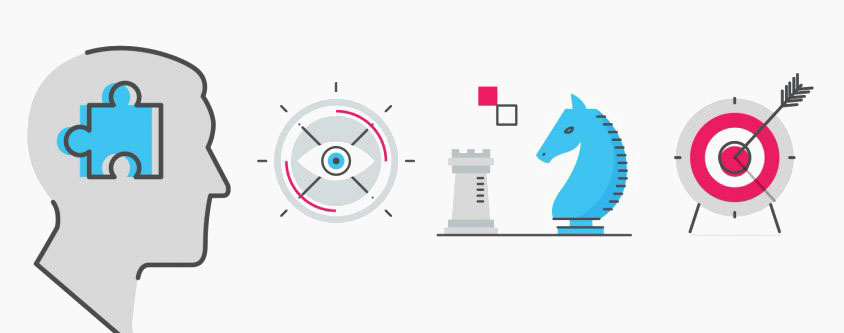HRMS Online System Helps You Optimize Employee Performance
, 2022-10-12 12:53:09

What is HRMS?
HRMS stands for Human Resources Management System. It is a software application that helps businesses manage employee data and performance. HRMS systems can be used to track employee attendance, job roles, and skills. They can also be used to create and manage employee development plans. Additionally, HRMS systems can help businesses identify training and development needs. By using an HRMS system, businesses can improve communication between managers and employees. Additionally, businesses can save time and money by automating HR processes.
There are a number of different HRMS systems available on the market. Some of the most popular HRMS systems include SAP, Oracle, and Workday.
Why Use it?
An HRMS online system is a great way to optimize employee performance. It can help you keep track of employee performance data, identify areas where employees need improvement, and create action plans to address those areas. Additionally, an HRMS online system can help you simplify and automate the performance review process, making it more efficient and effective.
Benefits
An HRMS online system provides a number of benefits for organizations, including:
1-Improving communication between managers and employees
2-Reducing the amount of time required to complete performance reviews
3-Improving the accuracy of performance data
4-Making it easier to identify areas where employees need improvement
5-Creating action plans to address those areas
6-Simplifying and automating the performance review process
How to Choose the Right HRMS System
When it comes to choosing an HRMS system, there are a few things you need to keep in mind in order to ensure you select the best possible option for your company.
Here are a few key factors to consider:
1. Ease of use: The system should be easy for employees to use and navigate. Otherwise, they won’t bother using it and you won’t get the full benefit of the system.
2. Functionality: The system should have all the features and functionality you need in order to properly manage your employee data. Make sure to select a system that has everything you need and nothing you don’t.
3. Integration: The system should be able to integrate with your existing systems and software. This will make it easier to manage all of your data in one place and avoid any compatibility issues.
4. Support: The vendor should offer excellent customer support in case you run into any problems using the system. They should be available to answer any questions and help you troubleshoot any issues.
5. Price: The system should be affordable for your company. Make sure to compare pricing between different vendors before making a final decision.
How to Implement an HRMS System?
If you're looking to optimize employee performance, an HRMS system can be a major help. But how do you actually go about implementing an HRMS? Here are a few tips:
1. Define your goals. What exactly do you want to accomplish with your HRMS? Once you know this, you can choose the right system and features to support your goals.
2. Do your research. Not all HRMS systems are created equal. You'll want to compare different options to find the one that's right for your business.
3. Train your employees. Once you have your HRMS system in place, make sure your employees know how to use it. The more they understand how it works, the more they'll be able to take advantage of its capabilities.
4. Be patient. Implementing an HRMS system can be a big undertaking. Don't expect everything to happen overnight—it may take some time for your employees to get used to the new system and for it to start having an impact on your business.
Five Key Issues with Employee Performance Tracking Software
1) Lack of customization options: Most employee performance tracking software is designed with a one-size-fits-all approach. This can make it difficult to track the specific metrics that are important to your organization.
2) Inaccurate data: The data collected by employee performance tracking software is often inaccurate. This can be due to a number of factors, including incorrect data entry and poor data quality.
3) Lack of user adoption: Many employees are reluctant to use employee performance tracking software due to privacy concerns. If employees do not use the software, it will be difficult to collect accurate data.
4) Difficult to use: Employee performance tracking software can be difficult to use, particularly if it is not customized for your organization. Employees may find the software confusing and difficult to navigate.
5) Limited reporting options: Employee performance tracking software often has limited reporting options, making it difficult to generate the reports you need.
The HRMS online system is a great tool for optimizing employee performance. By tracking employee performance data, you can identify areas where employees need improvement and make changes to your management style accordingly. Additionally, the system makes it easy to keep track of employee progress over time and reward those who are performing well. If you're looking for a way to improve employee productivity, the HRMS online system is definitely worth checking out.
The system provides managers with an overview of an employee's job performance, skills development, and training progress. It also includes a goal-setting feature that allows managers to set targets for their employees and track their progress over time. Overall, the HRMS online system is a valuable tool for any manager looking to improve their team's performance.

























-2021-07-27-18-01-18.jpg)
-2021-05-18-10-54-11.png)
-2021-05-18-10-51-35.png)
-2021-05-18-10-49-13.png)
-2021-05-18-10-43-11.png)


